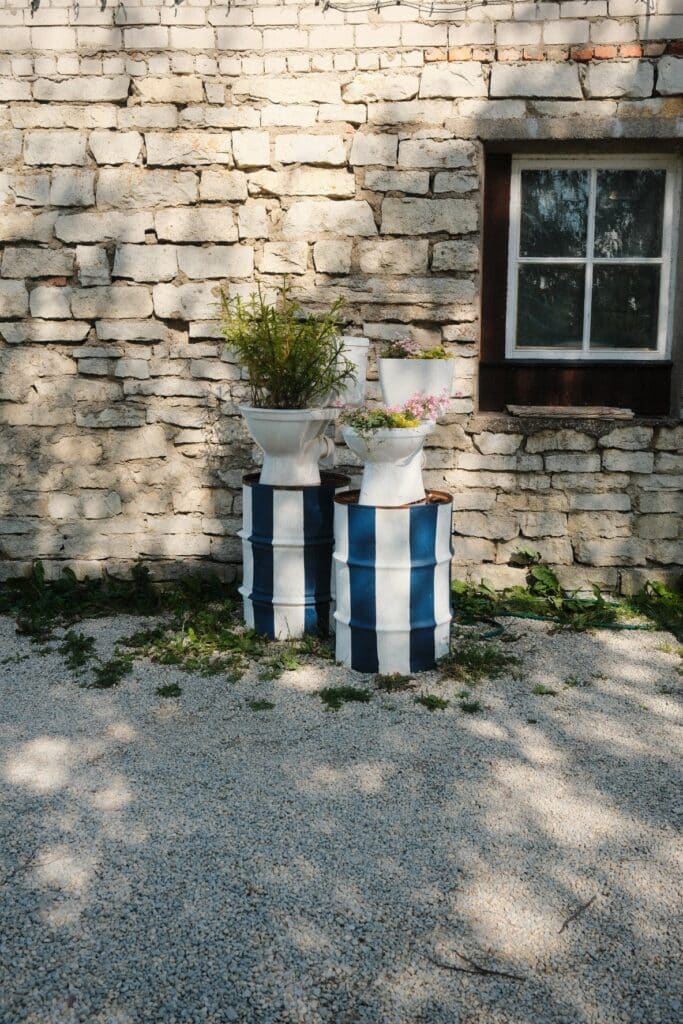The Art of Slow Travel: The Benefits of Slowing Down
9 min readAbout the author | Eszter Baracskai lives and works in Budapest. She is a Spotter and editor for Spotted by Locals, holds a Master’s degree in Cultural Diplomacy from a German-speaking university in Budapest and is currently pursuing a second Master’s in Translation and Interpretation.
A Call for Slow Travel
If you also encountered the feeling that a long-awaited vacation went off-track by the stress and the hustle of fast-paced travelling and wished you had just stayed home to relax, it might ease you to know that others felt it too. The good news is that there are alternatives. In recent years, there has been a growing awareness and lively discussion about the concept of slow travel. This approach has advantages far beyond plain personal inconveniences.
The Paradox of Tourism
There are countless well-known drawbacks of tourism that need to be addressed – and possibly now. And thus, alternatives are needed for more sustainable travelling. Slow travel is a highlight of such spreading concepts that help us react to ever-urging environmental challenges we face by climate change. These alternatives might create new kinds of power relations and ideas of travelling itself.
Despite common distress, environmental consequences, “flight-shaming”, and sweaty, over-organised trips, most people would love to keep travelling. Travelling opens minds, fosters understanding and connection, and makes the world feel smaller. We’ve all experienced the stressed-out tourist routine of rushing from one attraction to the next, ticking off lists, and then hurrying back to everyday life. But it’s clear that this isn’t the only way to travel. The best thing about slow travel is that not only you but, more importantly, the locals, the environment, and the globe itself benefit from it, too.
On the brighter side, tourism can improve countries’ living standards and help preserve the world’s natural and cultural treasures. At the same time, it is a fact that tourism contributes around 8% of global carbon emissions — primarily from flights, car travel, and lodging — which is significantly higher than many might expect. Travel activities that rely on fossil fuels for energy have a significant impact, as does the construction of tourism infrastructure. Transportation accounts for the main part of it; hence efforts are being made to offset these through carbon reduction programs, writes Yale E360. Therefore, it could hardly be more relevant to look out for ways of keeping the good parts and reducing the negative factors.
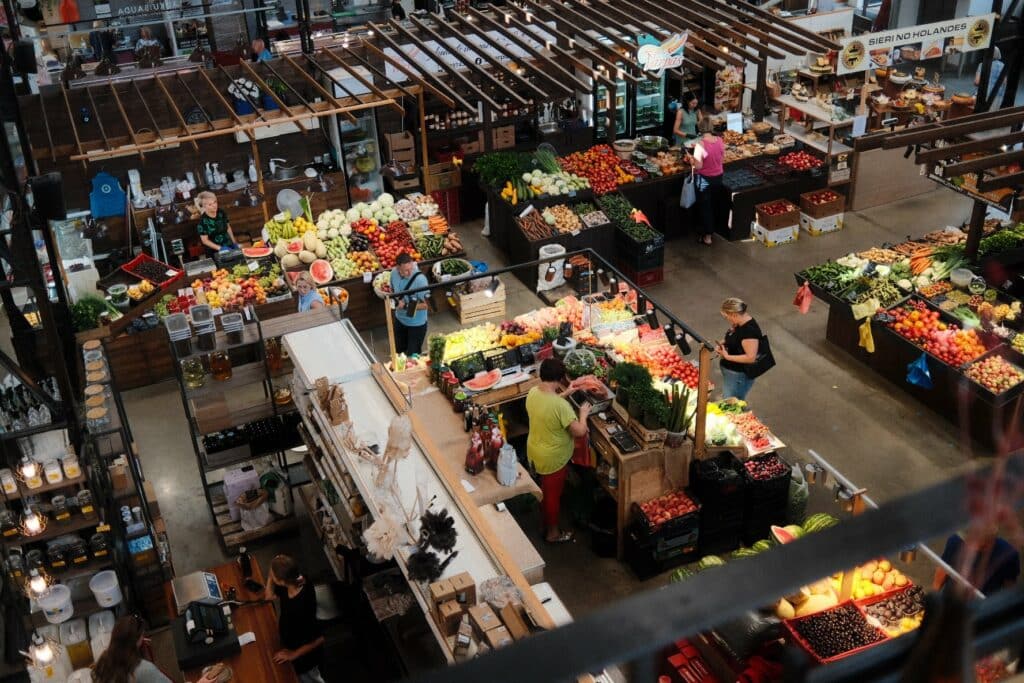
What is the Essence of Slow Travel?
Several major platforms are dealing with the rise of slow travel and its connection to sustainability. The New York Times has written about slow travel linking it to post-pandemic shifts in tourism. Travellers increasingly seek authentic experiences, choosing to spend more time in fewer places. More travellers are seeking deeper connections with local cultures and aiming to support local businesses, often by using eco-friendly transportation. They choose homestays and visit less crowded areas to minimize environmental impact while benefiting a wider range of communities.
The concept of slow travel has been gaining popularity for about a decade, and many people support and practice this approach to travelling. You might hear of it being called mindful or immersed travel. When most of us live up to fast-paced schedules, hitting down quick results, the idea of slowing down is a refreshing thought for many.
As today’s general tourism sustainability questions are rising globally. These often have a strong local impact and have inspired travellers to look for new alternatives that reduce their carbon footprint and give them a better sense of the places they visit. Let it be opting for sustainable modes of transportation or longer stays to reduce frequent travel emissions.
Slow Food, Slow Travel, Slow Life
We all heard of the cherished concept of slow food, which sought to resist the fast-paced, consumerist culture spread by global chains. From there, it’s not too far to get to the concept of slow travel. Both are about how to spend our time wisely, driven by a desire to have meaningful experiences, which often come along with eco-friendlier modes of transport like trains, bikes or walking, as well as staying at locally run accommodations.
To avoid misunderstandings, slow travel is not solely a particular mode of transportation but rather a mindset. Instead of briefly rushing through cities or ticking off tourist hotspots, slow travellers focus on committing to a destination for the time spent there. It’s more about engaging with the local culture and communities, forming real connections, and exploring beyond the surface. The aim is to experience one place in depth. Slow travellers prioritise exploring local neighbourhoods, giving space for the landscapes and communities to become a substantial part of the experience while also supporting local communities and offering a more sustainable way to explore.
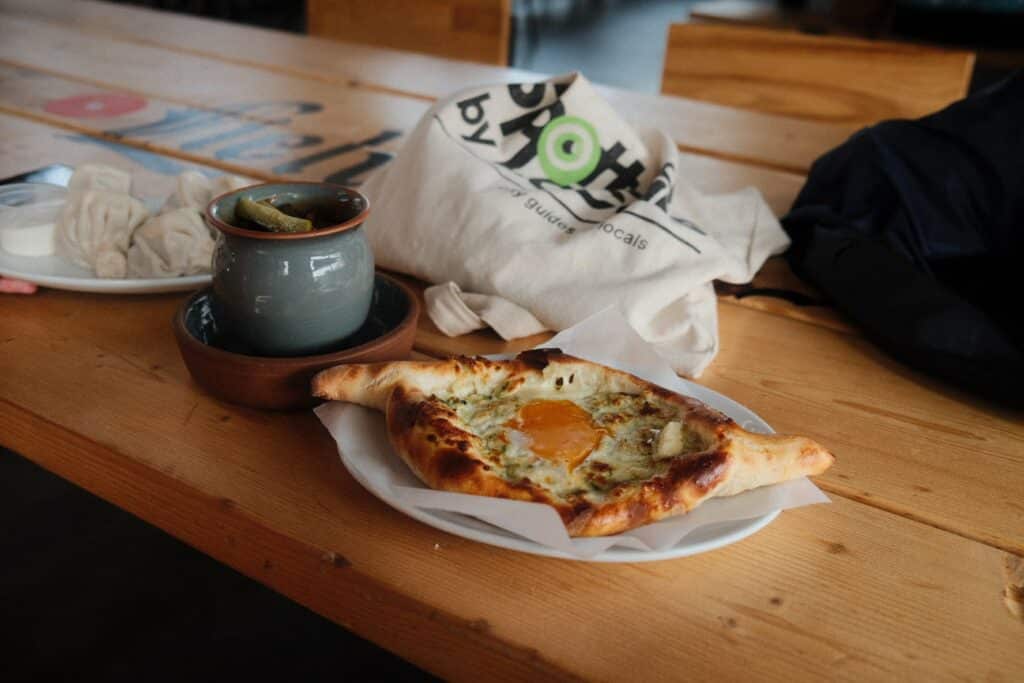
Slow could be a way towards something of higher quality. Slowing down once in a while is necessary for the well-being of people. Studies showed that slow travel is also hugely beneficial for the sustainability of the environment and for the general liveability of destinations, making it a responsible travel practice. This sets slow tourism apart from mass tourism. There are various aspects and dimensions of slow travel one can dive into.
Is Slow Travel a Question of Privilege?
Whether slow travel is a question of privilege or luxury definitely raises some questions, especially when time in itself is considered a luxury. Unarguably, many people are not in the situation to prioritise according to all aspects of slow travel. You could, however, try it on a small scale, depending on your circumstances. Just like the Berlin-based travel writer Nicky Gardner suggests in her article, first try it at home by discovering the neighbourhood. You can take a bike or local bus to a village or suburb that you may have never really visited. In her article, she encourages people to plan small expeditions to explore by visiting the surroundings, such as a community centre, a library, or a church, which we might have passed a thousand times but somehow never entered.
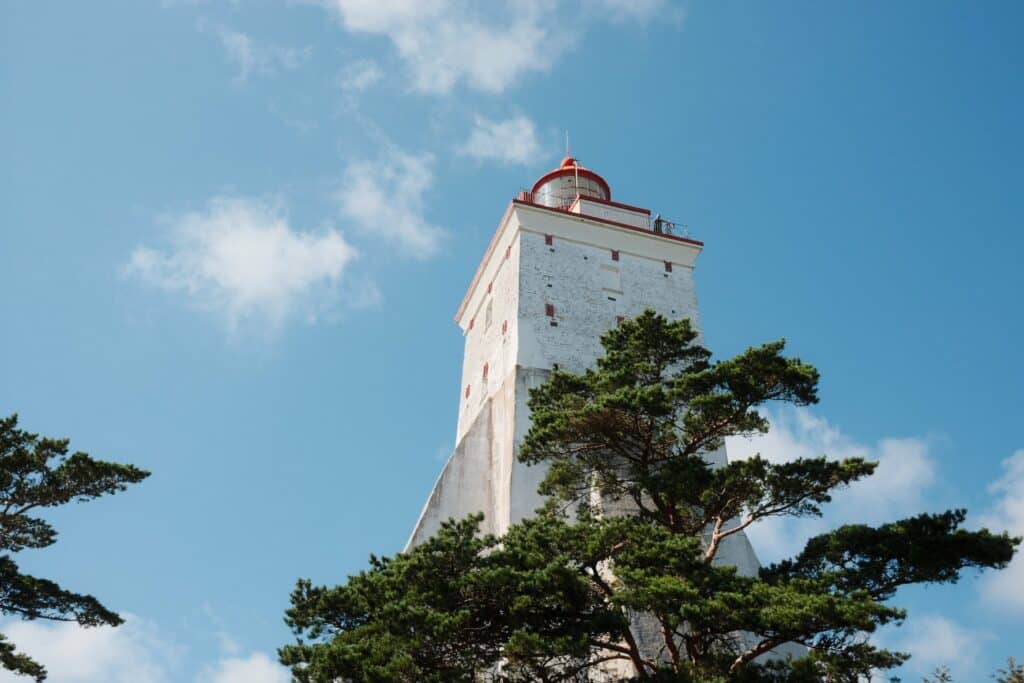
The core concept of slow travel isn’t about wealth or privilege — as previously mentioned, it is more like an approach. It takes the courage to step away from the crowds and resist the pressure to follow popular tourist paths. While many might desire to check off ‘must-see’ and ‘top’ destinations, slow travel avoids the hype surrounding these famous spots. Instead, it encourages travellers to move away from the frantic pace of mass tourism, which often turns cities and countries into nothing more than stops on a consumption checklist.
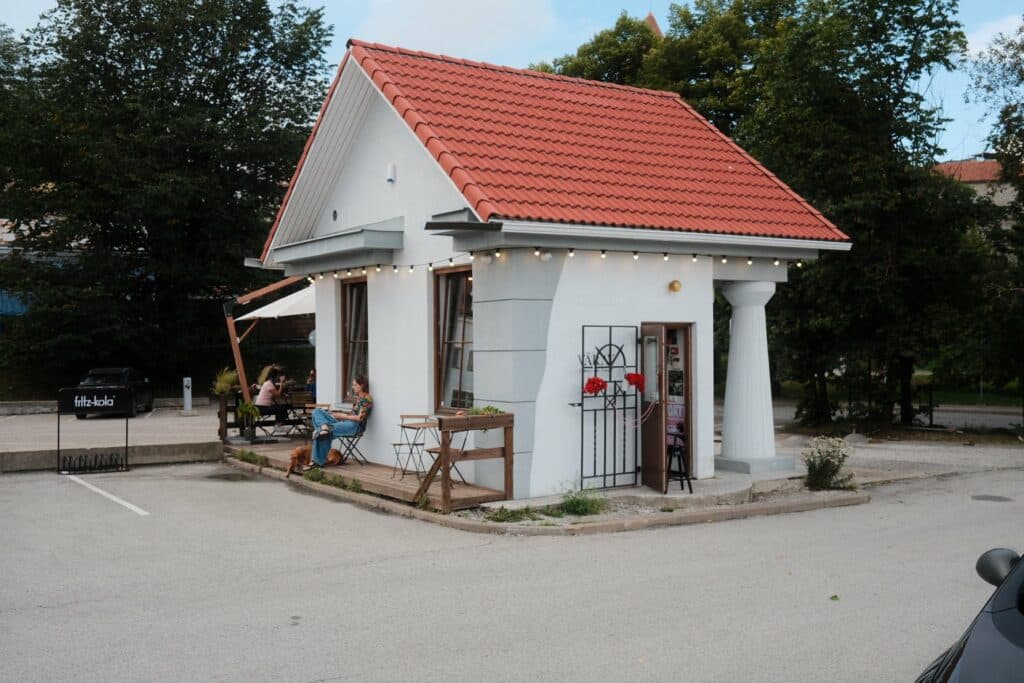
Small Steps to Get Closer & Slower
I want to emphasise that these ideas are just starting points for your journey. It’s not designed to pressure anyone to follow these suggestions whenever deciding to travel; they’re rather thoughts to inspire you. Everyone’s travel experience is unique, and what works for one person may not resonate with another. So, this is a little guide to give you some perspectives on new adventures and maybe also a kind reminder that small choices can make a big difference in giving something back to the communities we explore. First, we can try something simple, like checking out local markets and locally owned spots and businesses instead of coffee and food chains.
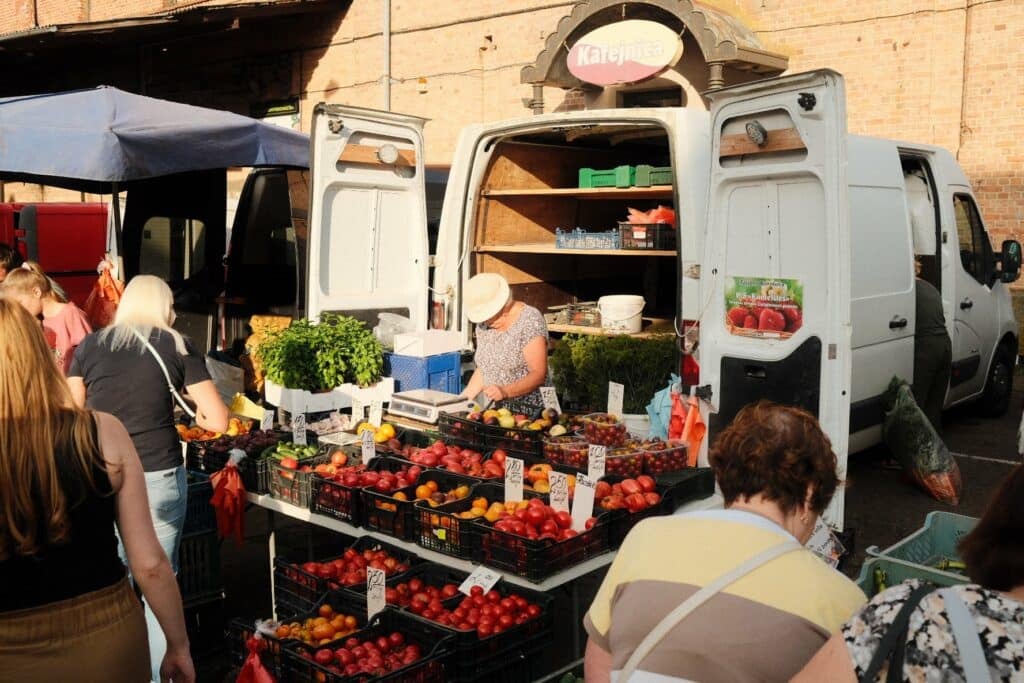
Do Some Research, Ask locals & Travel Your Way
Let it be with the help of a local friends‘ friend or with some research – I would start with getting some recommendations; word of mouth is a great treasure. This is something we at Spotted by Locals are also aiming to strengthen, making it more available to anyone curious about ‘real’ places and the secrets of a city.
Many staged-up destinations already lost their original function or significance; now you have a chance to discover the current authentic ones. It can give you a sense of context for everyday life there. The places you choose to visit could thus mean more to you than an offhand photo on your phone. With closer and detailed observation, it’s possible to understand the driving forces behind them. Once you look deeper into the things you see and think about them, there is a chance you take them with you. Another thing I like to do before taking off on a journey is to halt for a second and have a moment to leave behind too many expectations. There is a fair chance that the atmosphere feels unlike what you have seen in magazines or on social media, so it’s good to count with that and don’t let that ruin your mood.
See the Colours of your Trip
By sitting down and choosing a typical local beverage, you are taking your time to arrive and look at how people talk and walk by, what the paces and the colours of the city are like.
A close friend of mine told me once that she realised Budapest is a yellow city. This speculation took me by surprise at first, but as we stood at one of my favourite hidden lookout spots, I had to realise very quickly that she was so right. The city is indeed yellow in many ways; the trams, the oldest metro line, the warm street lights, many buildings, the road lines, the Margaret Bridge, and the list is long indeed if you carefully start to observe. It is something I wouldn’t have thought of, and it opened something new for me about the city where I’ve been passing my days for so many years now. These revelations can create strong connections with spaces where you can better belong, respect and care for.
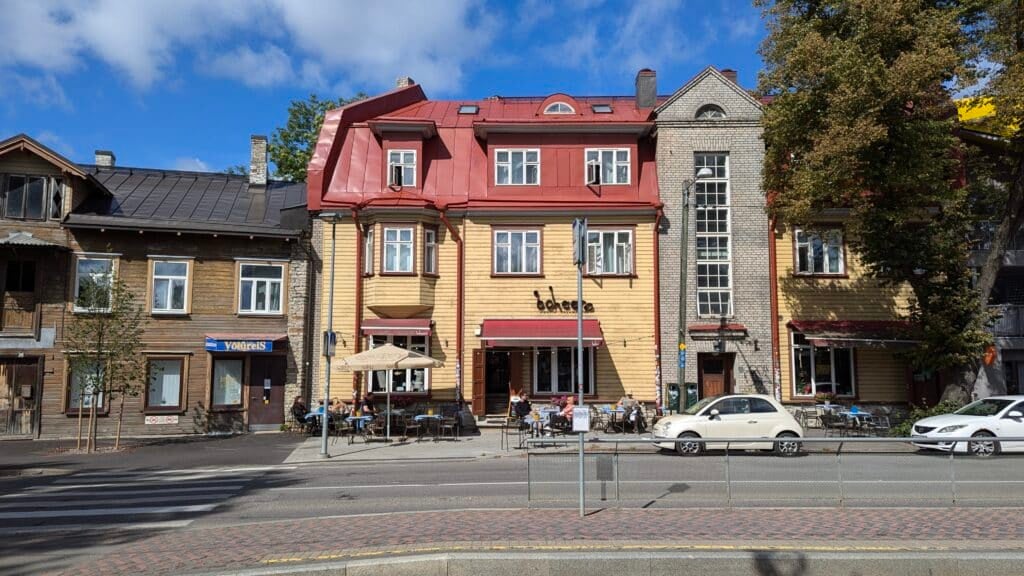
Looking Out for the Locals
Stopping with this romanticism, let’s continue with some more points to consider when travelling slow. The next thought is probably not for all, but it guarantees some smiles on faces: give a little chance to local languages and dialects of your destination. You could do it by asking locals, for instance. Who wouldn’t find it kind (and amusing) to hear you trying to thank or greet them in their own language (with your accent)? Not to mention the great feeling of satisfaction when you catch a word you understand or maybe after a few days spent there you no longer need to ask for an English menu when ordering at a café.
What is more, with a little research in advance, you might have a better experience by choosing accommodation and eating options in areas that would suit your interests (or subcultures) among locals. This way, it’s easier to get a sense of what the locals do, and maybe you could even try it. And if something goes off-track, try not to let yourself be disappointed. I like to leave some space for spontaneity. Some less organised hours can sometimes become the biggest highlight of a trip.
These thoughts and slow travel in general, foster meaningful exchanges and support local interests, making it a more sustainable alternative to mass tourism. It is more than just a reaction to over-tourism; it is a choice that we hope to see spreading as travellers prioritise new aspects during their trips. We, Spotted by Locals, encourage you to give Slow Travel a chance if you have the circumstances. Immerse in tastes, words and sounds. Make sense of things to yourself instead of rushing through the assembly line of ambitious tourist goals.
Prep list for a Slow Traveller
If you decide to dive deeper into the art of slow travel, here is a short checklist for you to go through:
- Take your time to arrive
- Word of mouth is a great treasure; ask locals!
- Discover the current new, authentic spots
- Focus on locally owned spots, businesses and markets
- Tailor details to your interests (or subcultures)
- Leave space for spontaneity
- Give a little chance to local languages
- Open up to see: people, nature, lights, colours & hear sounds, rhythms…
- Leave specific expectations at home
